PPT-Posix Threads (Pthreads)
Author : cheryl-pisano | Published Date : 2019-11-19
Posix Threads Pthreads Concurrency Chapter 26 Abstraction Threads Here we introduce a new abstraction for a single running process that of a thread The state of
Presentation Embed Code
Download Presentation
Download Presentation The PPT/PDF document "Posix Threads (Pthreads)" is the property of its rightful owner. Permission is granted to download and print the materials on this website for personal, non-commercial use only, and to display it on your personal computer provided you do not modify the materials and that you retain all copyright notices contained in the materials. By downloading content from our website, you accept the terms of this agreement.
Posix Threads (Pthreads): Transcript
Download Rules Of Document
"Posix Threads (Pthreads)"The content belongs to its owner. You may download and print it for personal use, without modification, and keep all copyright notices. By downloading, you agree to these terms.
Related Documents

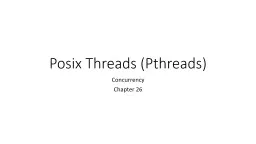


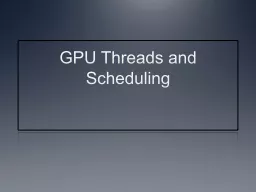
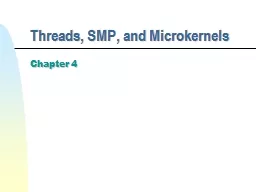

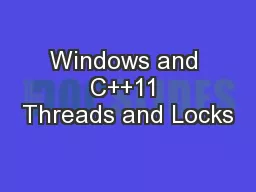
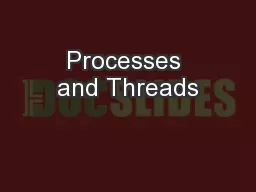

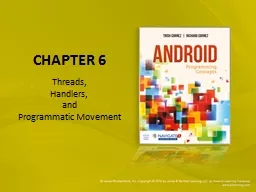
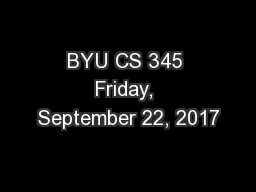
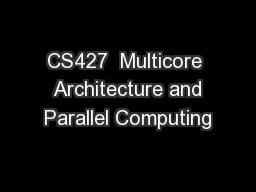

![[READING BOOK]-Modern Multithreading : Implementing, Testing, and Debugging Multithreaded](https://thumbs.docslides.com/979191/reading-book-modern-multithreading-implementing-testing-and-debugging-multithreaded-java-and-c-pthreads-win32-programs.jpg)